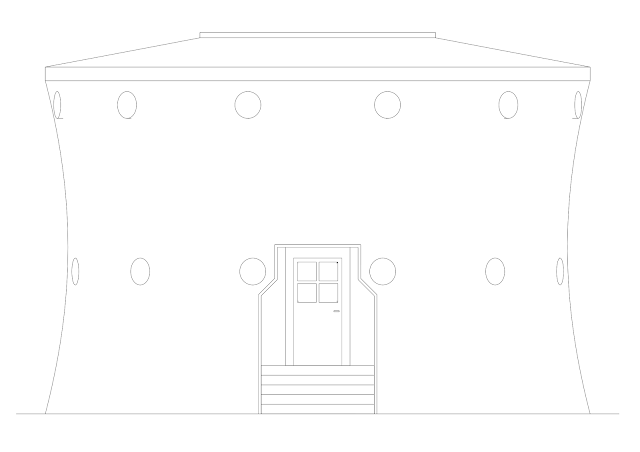Council-based political system and ideas on how to run economy
In one of my previous posts and its expansion I proposed a novel form of government. Those previous works were multi-topic and personal, so I decided to write a new article that will detail political system that is imagined by me. Some modifications to the initial proposition were made. Councils of independent experts In a typical country we find a parliament, which consists of politicians that belong to the political parties. There are multiple problems with this kind of a system. While citizens vote for individual politicians, those politicians have to vote on legislation as party leadership prescribes. It is semi-essential, as legislation on broad variety of topics is being passed, and members of parliament can not be experts in all of them.






